The history of the Island follies of Lord Palmerston
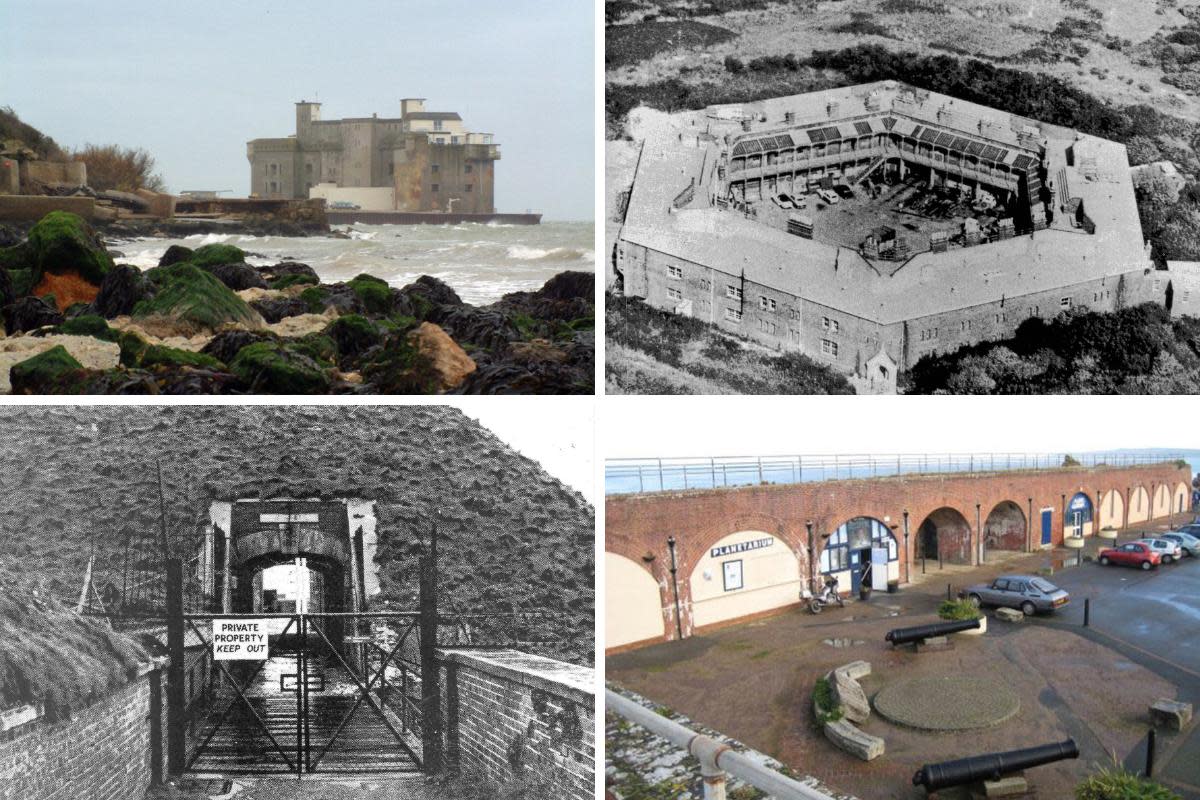
Lord Palmerston was nicknamed “Lord Pumice Stone“ due to his strong no nonsense abrasive determination, but was otherwise known as Henry John Temple, 3rd Viscount Palmerston.
He held office as Prime Minister from 1855 to 1865, and during that period was responsible for the Royal Commission, agreeing the building of numerous forts around the Island.
During that period the French were not the docile nation of self interest as today, but intent on gaining domination across Europe.
England therefore having fought and vanquished Napoleon Bonaparte was rather worried when Napoleon III became Emperor of France.
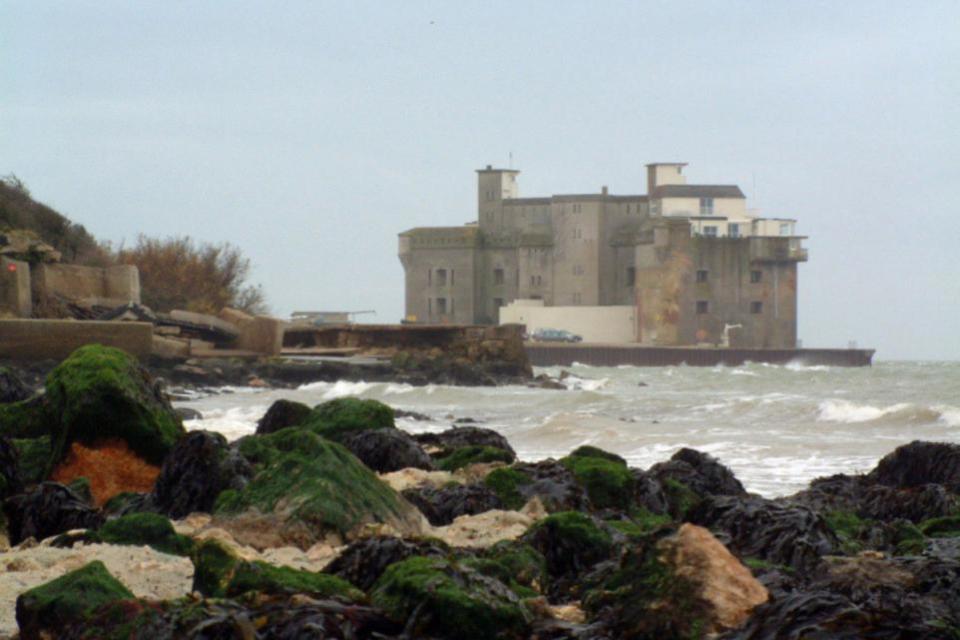
Fort Albert (Image: David White)
As you may gather from history, Napoleon III never became a threat to England, and therefore all the expensive defences around the coast of the Island were never needed, or used in battle.
There are many scattered around the Island's coastline, including the following.
Golden Hill Fort was built in 1863 against any land attack. It housed 136 infantry soldiers and had its own hospital for 14 patients.
However it was capable of housing many more soldiers should the need arise. During the war years it housed troops and during the Second World War housed both British and Canadian soldiers.
It was used in later years for military training, finally being decommissioned in 1967.
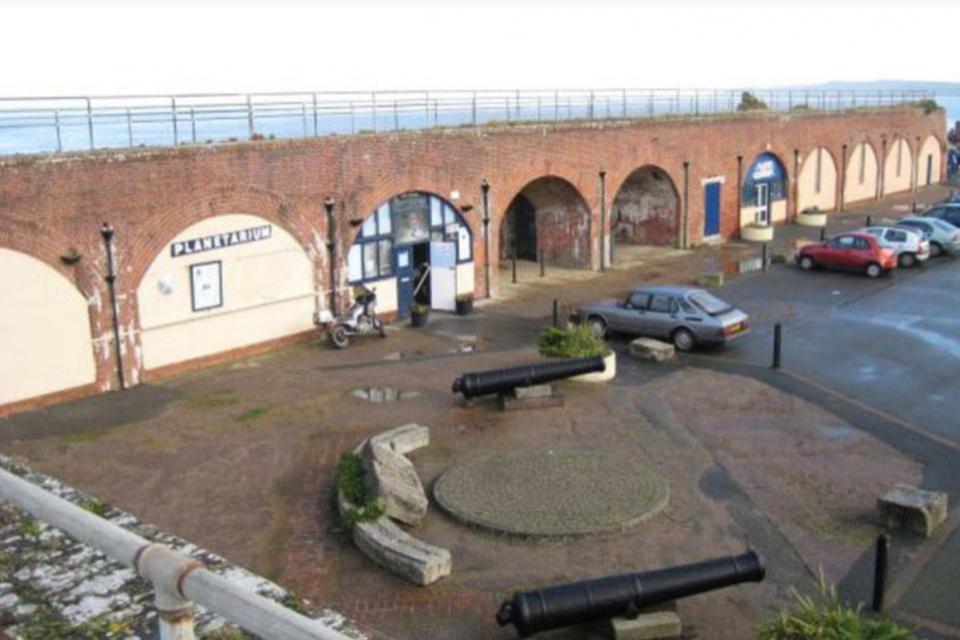
An old photo of Fort Victoria (Image: David White)
Thereafter it became an industrial estate, eventually opening to the public in 1985 as a museum. This was not to last and in around 2009 was sold to a developer and was turned into luxury accommodation.
Today much of the exterior has been preserved and forms the centrepiece of Golden Hill country park.
Within the area on the coast between Colwell Bay and Totland Bay is Fort Albert.
Built in 1854 it was the very last gun tower to be built in England. Being built partly in the water it was found that ammunition quickly became damp.
It could house up to 300 men, but it never did as it rapidly proved to be obsolete.
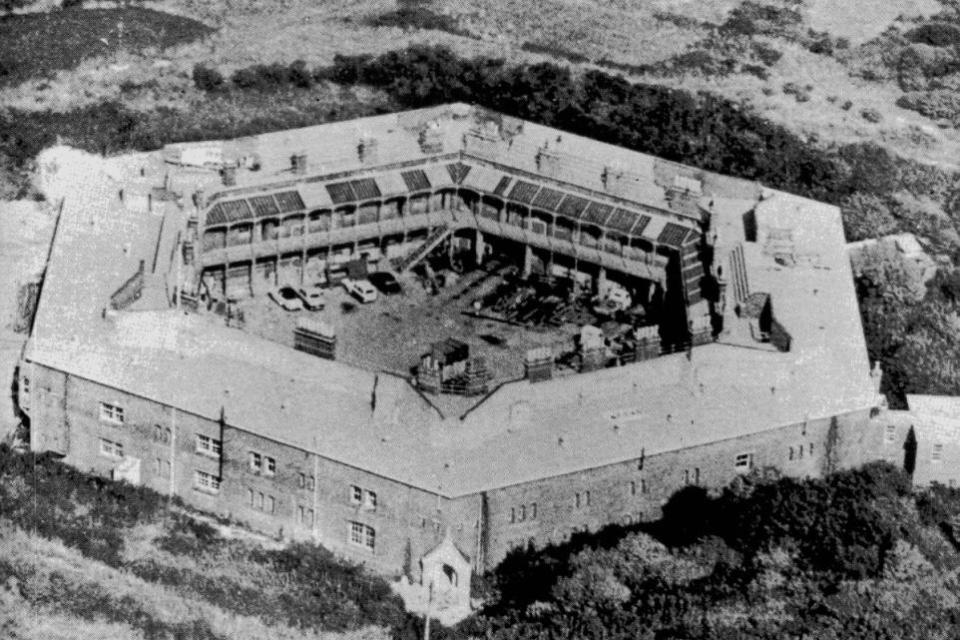
Golden Hill Fort (Image: David White)
It then adopted another role, in 1880, that of being a testing site for the Brennan Torpedo (yes our ingenious Victorians had mastered an early form of torpedo).
Later in its life it was used for early searchlight development and during the Second World War it served as a supply base and was equipped with suitable armaments.
Today it performs its most unlikely role as luxury flats.
Among the plethora of defences within that area is Fort Victoria. Built in early to mid 1850s, it was fashioned in a triangular shape pointing seaward. The site of choice was Sconce Point, the site of an earlier Tudor fort.
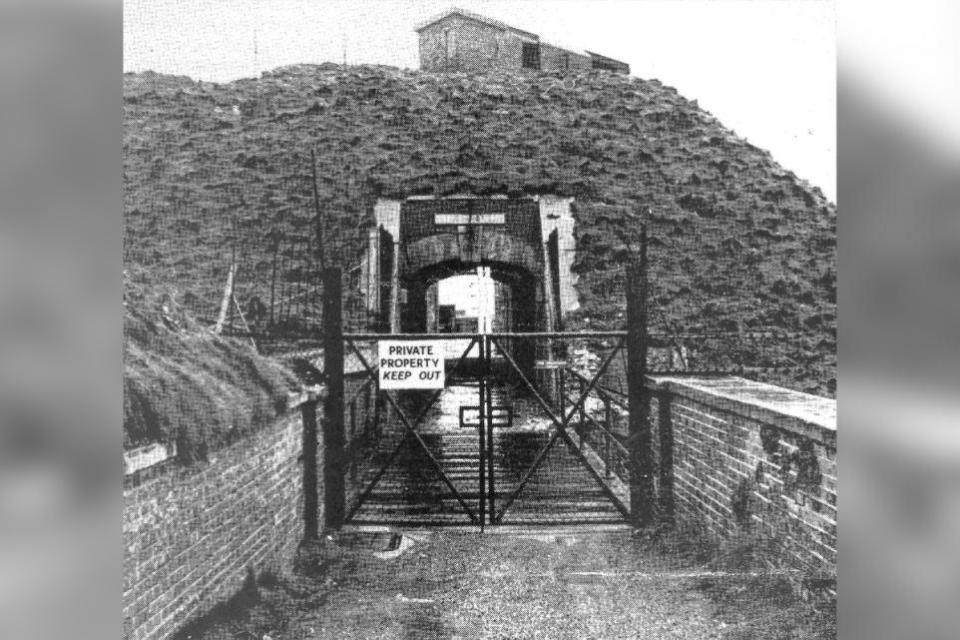
Needles Fort (Image: David White)
The fort was surrounded by a wet moat and a drawbridge thus protecting it from any land invasion, as well as the fort itself being heavily armed.
Like Fort Albert, due to the advent of more efficient artillery it was soon rendered obsolete and in 1876 was eventually disarmed.
Later it was used for submarine mining as well as being used for searchlight development. During this period Fort Victoria underwent many structural alterations.
The next phase of its career came during the two world wars, especially the second, when it played an important role, as HQ to the No. 42 water transport unit Royal Army Service Corps.
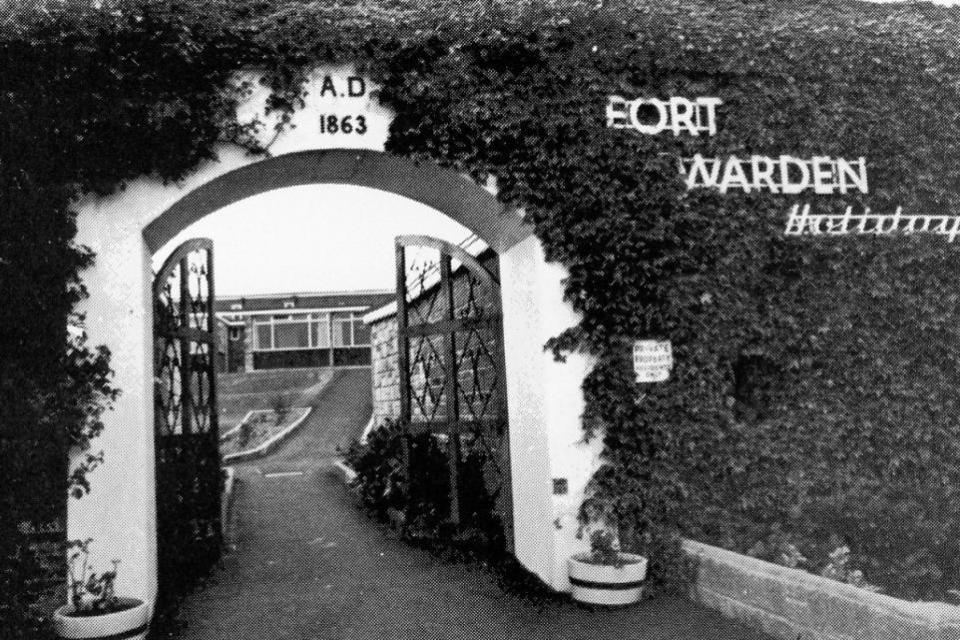
Fort Warden (Image: David White)
In later years it became a training establishment for national servicemen, the military finally relinquished it in 1962.
Cliff End, Warden Point, Hatherwood and the Needles Batteries were also prominent in the defences of the west of the Island.
Many more surrounded other parts of the Island coast.
The historical relevance of such buildings was ignored during the late 1960s and early 1970s and demolition was the name of the game.
Pictures from the 1970s, except Golden Hill Fort from the early 1950s
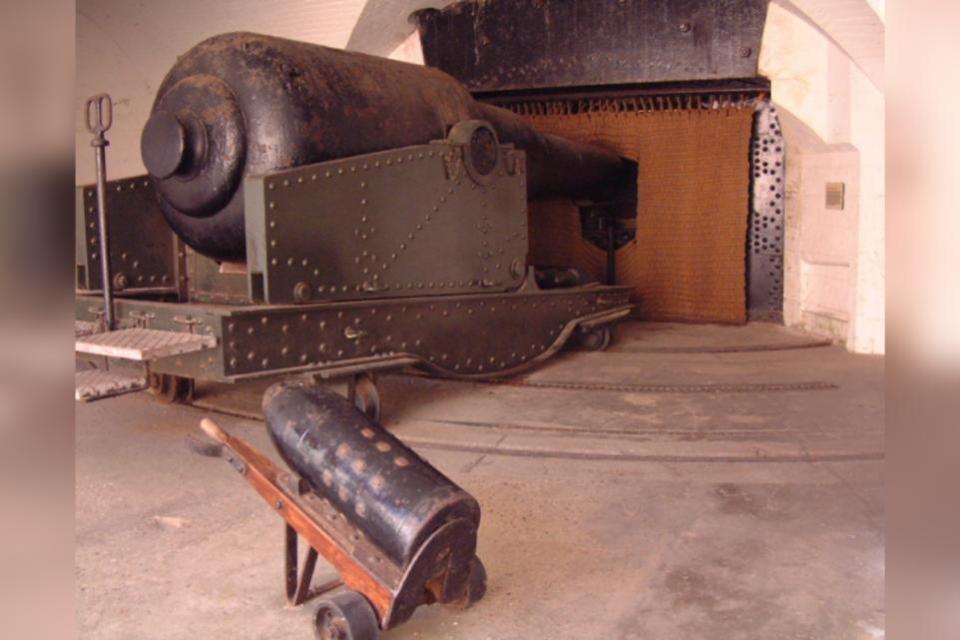
An example of a gun in a fort casement (Image: David White)

 Yahoo News
Yahoo News 
